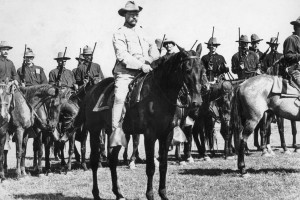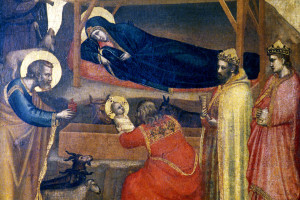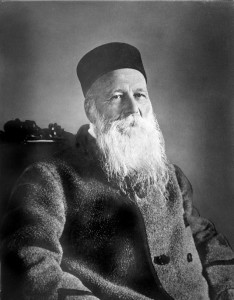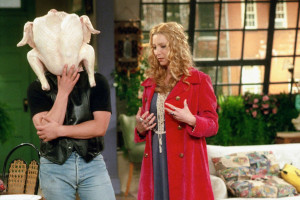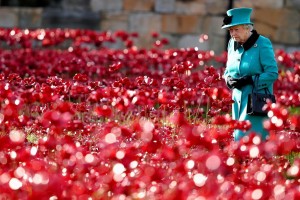Louis Zamperini was a U.S. Olympic runner, World War II hero and Japanese prison-‐camp survivor who went on to become a Christian motivational speaker. The extraordinary suffering and hardship that he endured to come home became the subject of Laura Hillenbrand’s best-‐selling biography “Unbroken” and Angelina Jolie’s recent film of the same title.
One reason why Zamperini resonates with audiences is because his story harks back to classical mythology. The qualities that enabled Zamperini to survive his epic journey—courage, resourcefulness and resilience—were highly prized by the ancient Greeks. A man who displayed them was said to possess arête, broadly defined as moral excellence in the course of fulfilling a specific purpose. For the Greeks, the original Zamperini was Odysseus, whose return to Ithaca after the battle of Troy cost him many arduous trials and lasted 10 years.






